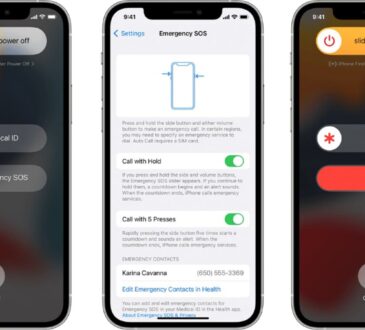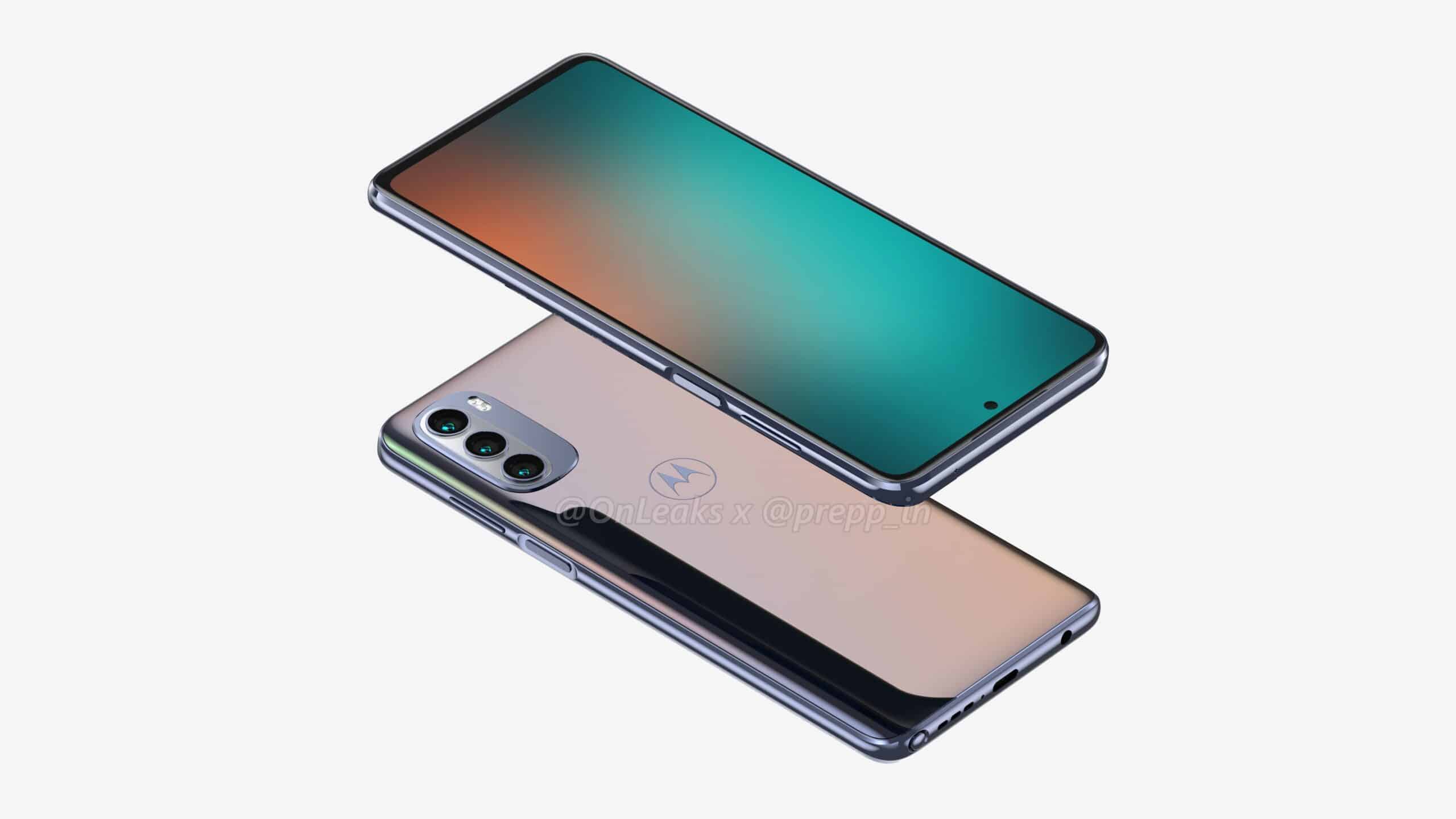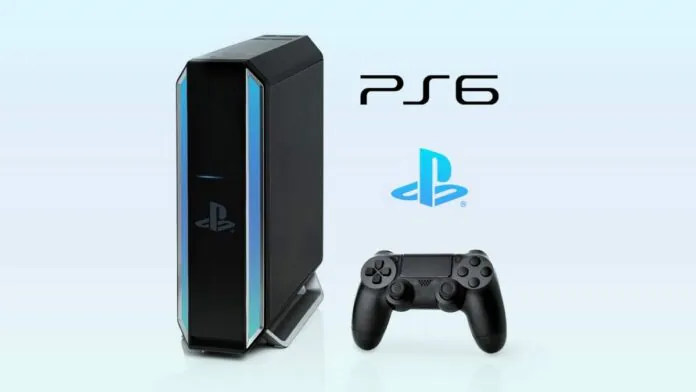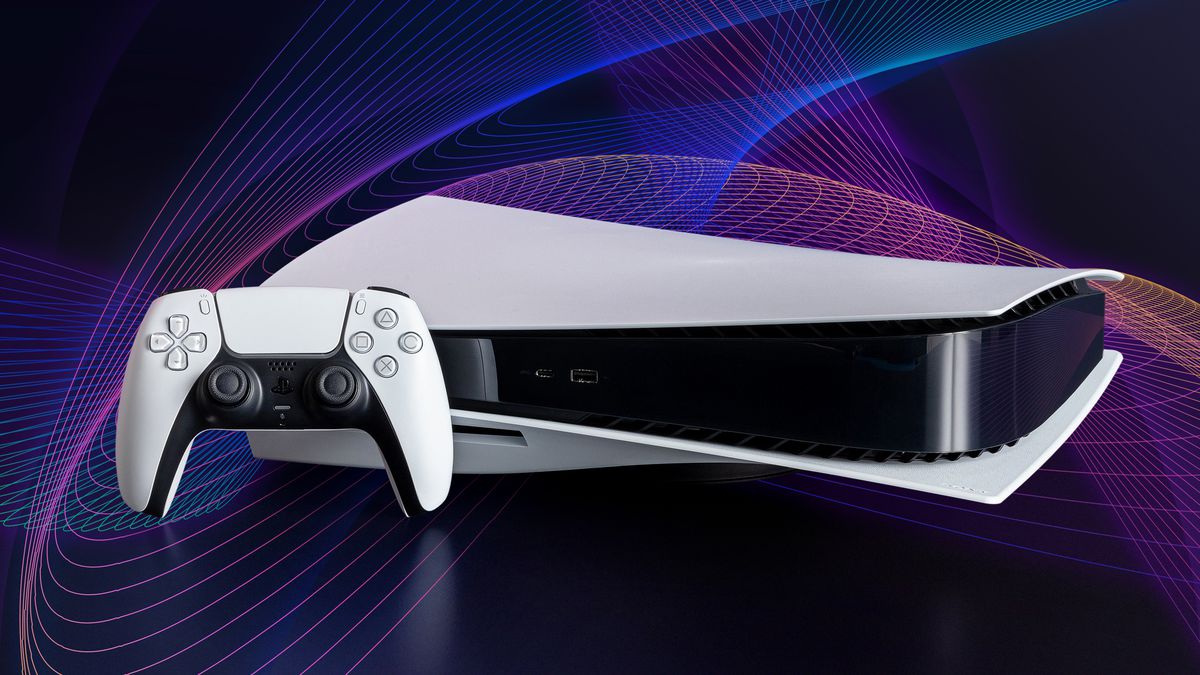
Introduction
A lens protector can be a useful tool to help keep your expensive lenses in good condition. It’s important to know how to apply them properly, what they do and don’t cover, and how long they should last before needing replacement. We’ll cover all these topics in this article!
What exactly is a lens protector?
A lens protector is a piece of plastic or rubber that fits around the front element of your lens. It can be used on any camera, with any brand and model.
The most common types are:
- Clear plastic guards for protecting your lenses from dirt and dust when you’re not using them (e.g., at home). These protectors will also help keep contaminants from entering through the viewfinder window. They’re inexpensive; if you want one for every lens in your kit, they’re probably good enough!
Is it possible for the protector to crack?
It’s possible for the protector to crack. If you apply too much pressure, the glass will crack and become unusable. If you apply too little pressure, it might not be able to hold up against impact from something like a drop of water or an accidental bump in your bag.
If your lens is exposed to heat (such as in direct sunlight), then this could cause damage as well—and if there’s any dust on it at all (e.g., from cleaning), then that will also lead to cracks sooner rather than later!
What if dust particles get stuck between the lens and the protector?
If you have a dust particle that gets stuck between the lens and protector, you can use a blower to clean it off. The blower will blow away any loose particles that might be stuck between your camera’s lens and protector.
You should also make sure that you’re not leaving any debris on your camera when taking pictures outside or in an environment where there could be a lot of dust around (like during an air conditioning repair). This can cause problems with image quality because of how dark it would appear if there were too much dirt on light-sensitive surfaces like lenses.
How do I apply the lens protector to my camera?
To apply the lens protector to your camera, follow these steps:
- Clean the lens with a soft cloth and lens cleaning solution.
- Wipe off any excess moisture with a dry cloth or tissue.
- Remove any protective film from the edges of your camera’s lens protector by peeling it away from itself if necessary.
NOTE: If you are using different types of cameras (called interchangeable lenses), make sure to align these correctly before applying them as well!
Can I use the same lens protector for both my DSLR and my camcorder?
Some protectors are made for specific lenses, so you can use that one only with that camera. Others have a wider range of compatibility and will fit other cameras as well. If you’re using a protector for both types of cameras, it may not fit as well as one made for each type of camera due to differences in size or shape.
Are there different kinds of lens protectors for different lenses?
There are different types of lens protectors for different lenses.
- Lens Protectors: These are protective covers that fit over your camera’s lens, protecting it from damage and dirt while also providing some minimal protection against impacts. They come in different sizes to fit various types of cameras (DSLR, Mirrorless, or Compact) and models like the Canon EOS 5D Mark III or Nikon D500 as well as other brands such as FujiFilm X-Pro2 or Sony A7R II. If you’re looking for a general-purpose type then we would recommend choosing one with an anti-reflective coating to reduce reflections caused by light hitting the front surface on sunny days;
- This will help reduce flare when shooting at dawn or dusk when there is no light source nearby so that only direct sunlight reaches your subject directly behind them instead of bouncing around inside their frame due to reflections off nearby objects such as walls etcetera…
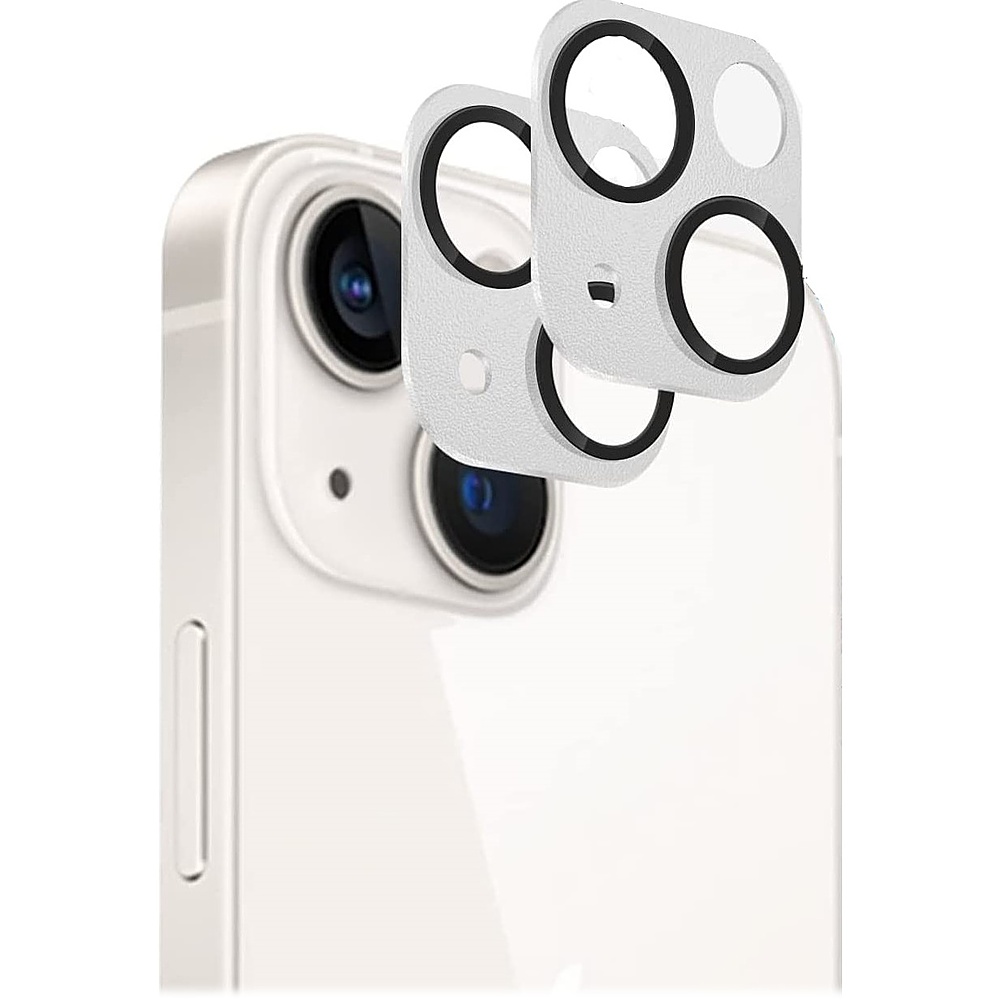
What if I accidentally scratch or crack my lens protector?
If you accidentally scratch or crack your lens protector, it’s not a big deal. You can buy a new one for a few dollars and they are available at many stores like Walmart.
Can I just not use a lens protector at all?
Yes, you can just use your lens without any protection. But why would you want to?
You’ll get better results with a protector. For example, a cracked lens will cause more problems than just a little scratch or crack on the surface of the glass. A cracked lens could eventually cause permanent damage and even be dangerous in some cases (e.g., if it’s dropped). If your camera has one, consider using one of these:
- Lens Protectors – The most common type of protector is made up of two pieces: The first piece covers both sides of your camera’s lens; the second piece goes over that first piece so that when you touch them together they form a seal against dust/water/UV rays, etc., preventing damage caused by these things reaching through into whatever area lies underneath this layer(s).
- There are many different types available depending on what types of lenses they’re designed for but generally speaking, there are three main types: UV-Coupled Anti-Reflective Coatings (CR+UV), Waterproof Coating System (WPS) & Protective Glasses That Fit Over Your Lenses In Both Sides At Once.”
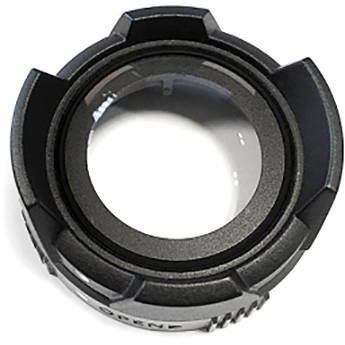
How long will one lens protector last me?
There is no one-size-fits-all answer to this question. It depends on the quality of your lens protector, how often you use your camera and what type of protection you want from it.
A high-quality product will last for several years and provide great value for money. A lower grade option may only last a few months before needing replacement but is still better than nothing at all!
A lens protector can help prolong the life of your expensive camera lenses.
A lens protector can help prolong the life of your expensive camera lenses. It protects the lens from scratches and dust, which can cause damage to your camera’s delicate parts. This prevents dirt, dust, and other particles from getting on the front element of your expensive lens and causing scratches or blemishes on its surface. A good lens protector will also prevent smudges from forming on the surface of your expensive lens if you’re holding it incorrectly while shooting pictures or video footage (which we’ve all done at some point or another).
Conclusion
The best lens protector is one that you will feel comfortable with, but also one that works well with your specific camera. If you have a DSLR, then get a lens protector that is compatible with both lenses and cameras. However, if you only have one camera and only use one lens (for example), then it’s best to get just that lens protected so there are no complications when switching between your DSLR and camcorder. Good luck!
